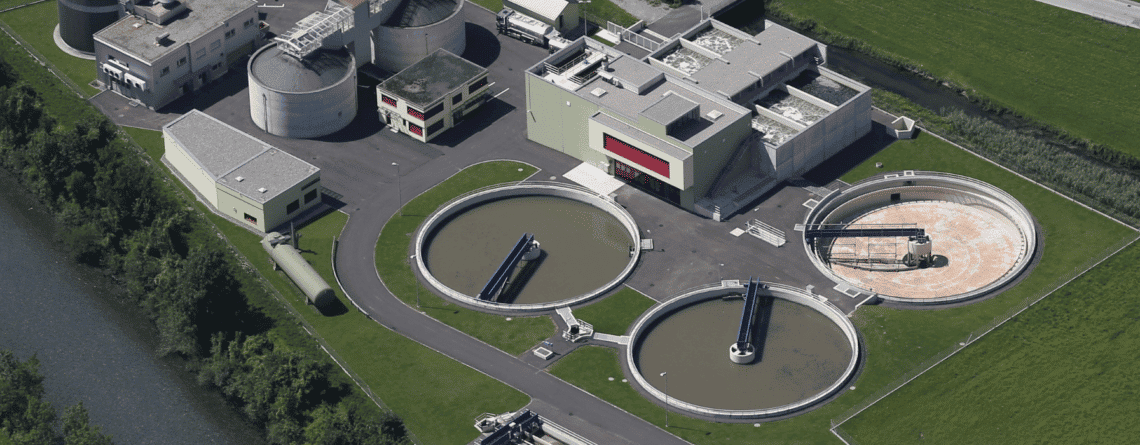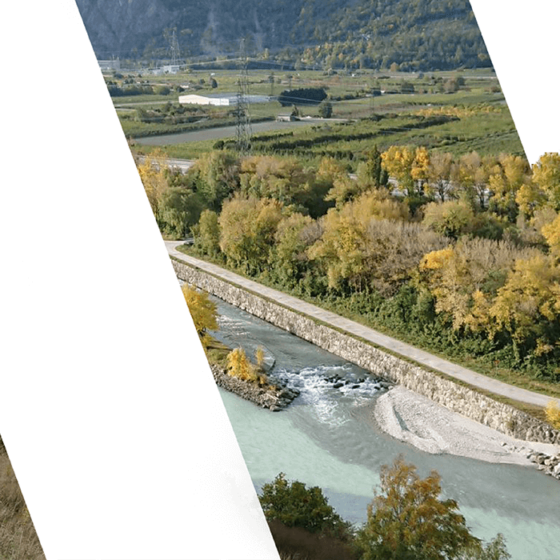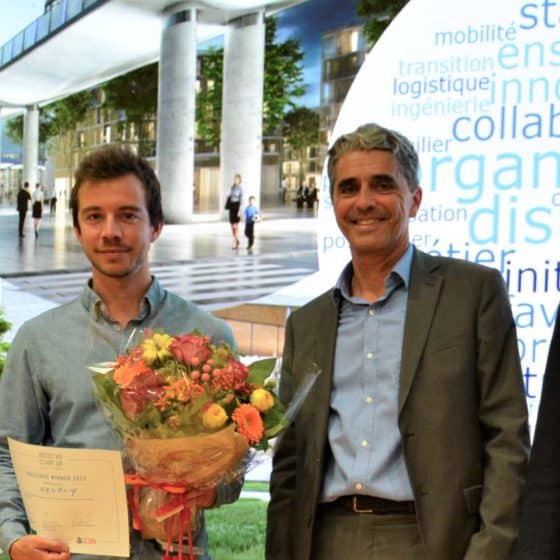Wastewater: an entire region is planning its future
Seven municipalities in the canton of Schwyz are laying the foundations for efficient and forward-looking wastewater disposal. BG prepares the required data and develops variants for the drainage system.
The region around the town of Schwyz, in the central Swiss canton of the same name, is a picturesque postcard landscape. The spectacular Grand Mythen, the legendary Muota Valley and the world famous Lake Lucerne are just a few of the many highlights of the region, which has undergone rapid development in recent decades. In addition, demographic and economic growth poses major challenges in this area, particularly in terms of wastewater treatment.
In 1970, the wastewater treatment plant of the Schwyz Wastewater Association began operations near the confluence of the Seeweren and the Muota. At that time, the association comprised three municipalities. Today there are seven. In order to collect wastewater, the association operates a twelve-kilometre network of collection canals with 21 pumping stations and six rainwater treatment basins. This wastewater treatment region has nearly 32,000 inhabitants. And soon, the association also plans to collect and treat the wastewater of more than 4,000 residents of the Muota Valley.
Complex hydrodynamics
On behalf of the association, BG is currently reviewing its general drainage concept. As part of the first phase, engineers recorded and processed relevant data from all system components, as Tobias Kieliger, project manager at BG explains: “We need to know exactly how much wastewater is generated, where and when, as well as how much pump stations, storage ponds and pipelines can handle. This is the basis of future optimisation measures”.
It is necessary to take action, because in the event of heavy rainfall, the plants are not always able to treat the wastewater from the Ingenbohl municipality. BG‘s engineers therefore use a hydrodynamic model to simulate the potential influx of wastewater and mixed water: “These calculations are very complex, they incorporate data from the wastewater association’s plants as well as from the municipal sewer networks of member municipalities.”
More than just a solution
In addition, the weather conditions in the area covered by the association are often very different. A thunderstorm over the Grand Mythen can cause part of the sewer system to overflow, while it remains dry on the other side of the valley, or vice versa. The simulation model can calculate a wide variety of situations.
“We now know the weak points and, in the second phase of the project, we can think of solutions to solve them,” explains Tobias Kieliger. Construction measures aimed at locally increasing the capacity of the sewer network are being considered. However, operational optimisations are also possible, including automatic and smart control of wastewater flows in pumping stations and rainwater clarification basins. BG project manager Tobias Kieliger is confident: “We will present different options to our client. And, of course, we are also ready to support them in the implementation.”
(Article taken from BG Magazine 2021, updated version on the site)









